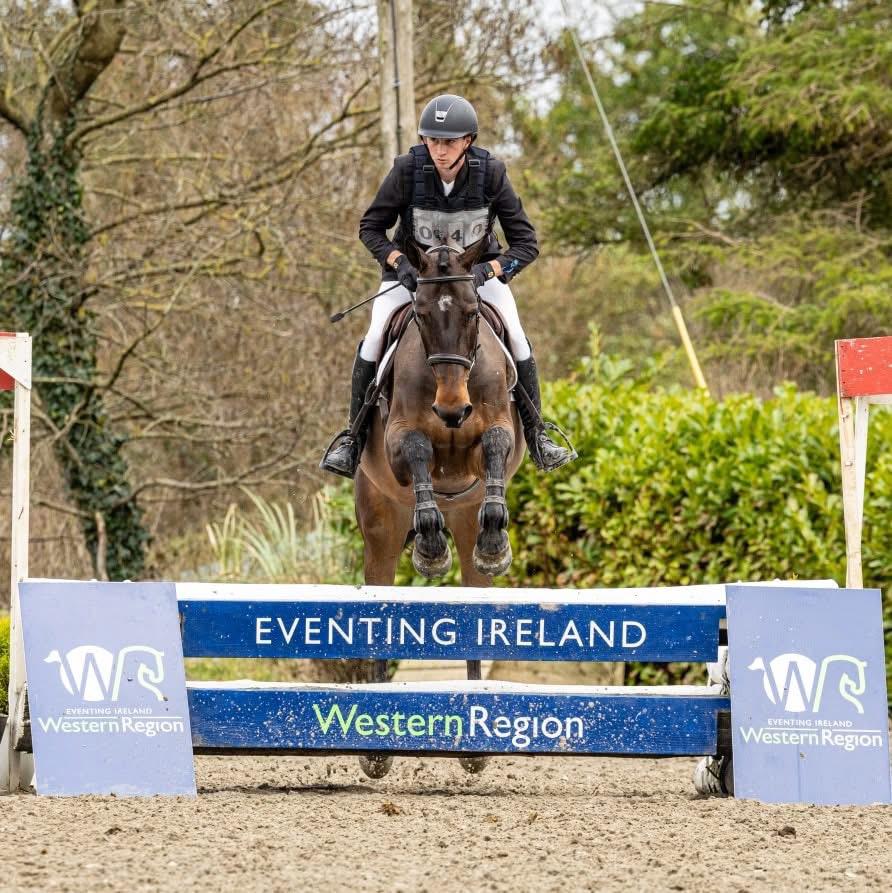In this excerpt from Dressage School, rider, trainer, and judge Britta Schöffmann explains in the simplest terms why riding down the centerline is more than a start and end to a dressage test.

Photo by Gabriele Metz.
Riding Down the Centerline: What Is It?
Traveling on a straight line down the middle of the arena (from short end to short end) without changing direction.
How Is It Supposed to Look?
When executed correctly, the rider turns just before reaching the middle of the short side of the arena, enters the centerline via a quarter-volte, and rides straight down the centerline toward the middle of the opposite short side. Upon arrival there, you turn back onto the track through a quarter-volte without changing direction. Thus, if you begin the exercise tracking right, you also complete it tracking right, and vice versa. During the turn, the horse must be flexed to the inside and bent around your inside leg. When riding down the centerline, however, the horse must be perfectly straight.
Most Common Mistakes
The Horse: evades through the outside shoulder during the turn; “wanders”; sways; is on two tracks coming down the centerline.
The Rider: turns too early or too late; doesn’t ride exactly on the centerline; overshoots the centerline.
Correct Aids
Especially when riding down the centerline, it’s highly important to ride an accurate turn. This is because when the turn is ridden incorrectly, you will not be able to hit the centerline at the right spot. In order to turn onto the centerline you must, depending on the level of your horse’s training, initiate the turn before the middle of the short side while focusing on the letters “A” or “C” (depending on which end you start). Note: the letters should set the outer boundary for the turn, so give yourself ample space to begin your turn before arriving at the letter.
Shortly after initiating the first turn, look toward the middle of the opposite short side until you turn again at the end of the centerline. Focusing on the letter will help you remain in better balance, making it easier to keep the horse straight.
In order to avoid the horse evading the turn through his outside shoulder, make an effort not to overuse the inside rein and instead yield with this hand at the right moment. The outside rein and outside leg should keep the horse’s shoulder and haunches under control. If the horse still tends to evade to the outside despite these aids—perhaps because of his natural crookedness—it most often is helpful to briefly counterflex him (for one or two strides).
Goal of the Movement
Riding down the centerline is a school figure that tests the rider’s influence on his horse as well as the horse’s level of training. It requires a high degree of concentration—and a straight horse. Mistakes that occur repeatedly, such as evasion through the outside shoulder when turning or “wandering” on the centerline, are signs of incorrect aids and a lack of “straightness.” If, on the other hand, the exercise can be ridden without difficulty, it shows that the rider uses her aids correctly and the horse exhibits a certain degree of “throughness” to the aids.
Fast Facts
Basic exercise; can be ridden at all paces and basic gaits.
Pyramid Factor
This movement benefits all the elements in the Training Scale: rhythm, relaxation/suppleness, contact, impulsion, straightness, and collection.
This excerpt from Dressage School by Britta Schöffmann is reprinted with permission from Trafalgar Square Books (www.horseandriderbooks.com).




















